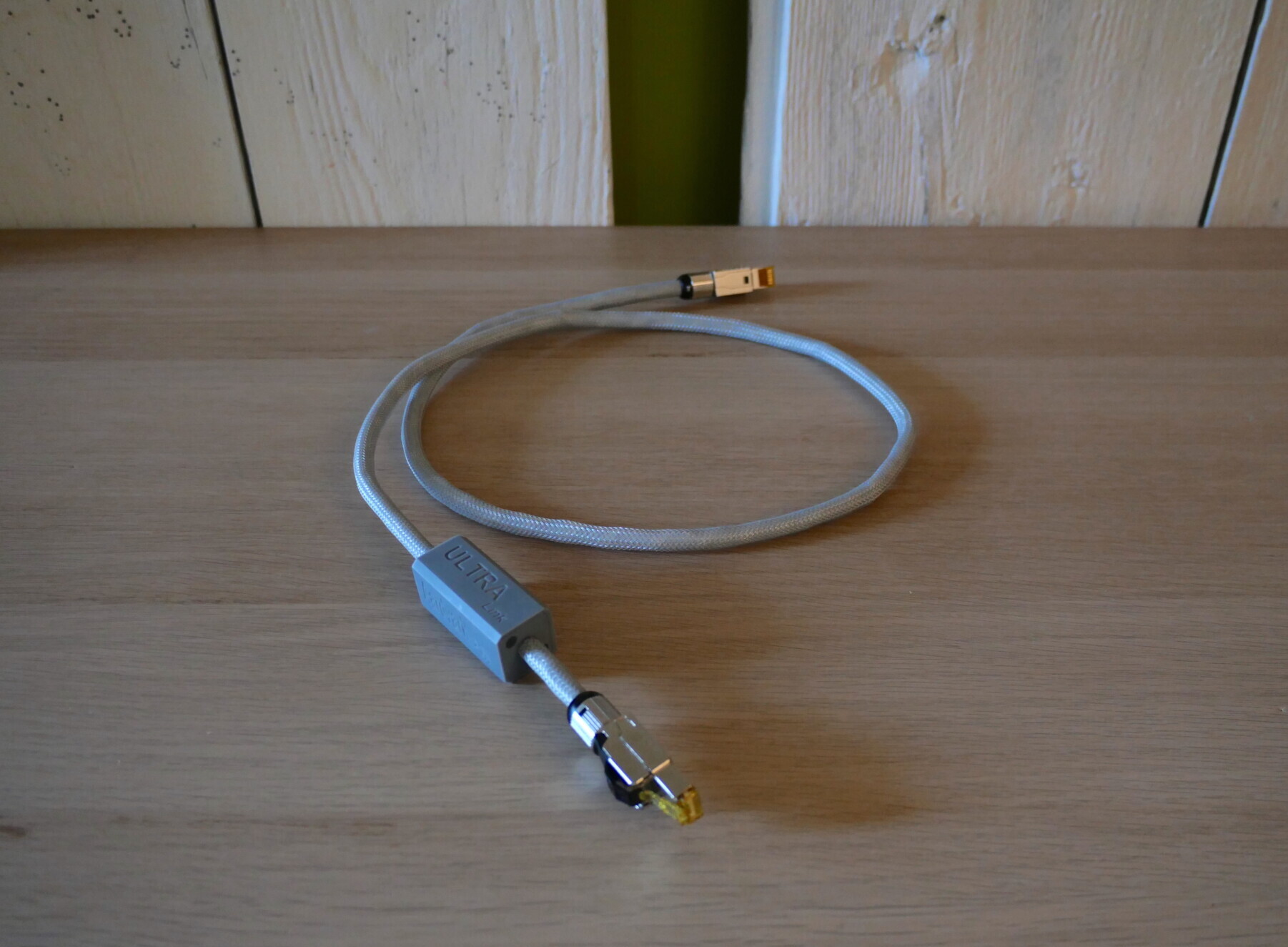Taking network filtering one stage further…
By Roy Gregory

While Reiki Audio’s minimalist components have set new standards in audio network performance (as well as unravelling the convoluted logic of the network domain – and why those things that work with digital audio are often irrelevant when it comes to network/streaming performance) not everybody can or wants to foot the bill for a full Reiki rig. Likewise, while the JundoStream ‘last link’ network cable has a pretty dramatic impact on streaming performance, its financial impact is pretty dramatic too. But the arguments regarding induced noise and its impact on fragile digital electronics, rather than the ethernet signal itself, are compelling. So much so that anybody with an interest in maximising streaming performance needs to take them seriously.
But Reiki Audio is not the only game in town and for those who want to tackle network noise without breaking the bank – especially those who already have a heavy investment in network hardware – or those that simply want to increase the performance of an existing network without wholesale hardware changes, alternatives do exist. If that’s you, the
Aardvark ethernet filters are a good place to start.
https://gy8.eu/review/aardvark-in-line-rj45-filter/
https://gy8.eu/review/aardvark-ultra/
One thing the Aardvarks have in common with Reiki is their insistence that the most important and vulnerable point in the network is the streaming input. That should be your starting point and you should work backwards from there. To that end, Aardvark’s inline ethernet filters are placed directly at the streamer input, adding noise suppression to the incoming network signal. Another key concern in the design is to maximise shielding of each and every junction in both the filter and its short umbilical. So perhaps it’s no surprise that the company identifies each and every connection in the network as a potential ingress point for noise. From there it’s but a short step to eliminating the input connection to the filter by hard wiring a high-quality, custom built, CAT 8 compatible cable directly to the filter itself, thus eliminating at least one extra junction in the network – one that’s uncomfortably close to the Streamer input itself.
Aardvark’s The Link is exactly that. Their own, custom built ethernet cable, hardwired into their Ultra filter. The cable is stiff – almost segmented – reflecting its hand-built nature, but at least that makes it easy to dress. It’s certainly a neat solution – but at around 2,000 of whatever your local currency happens to be, is it also a cost-effective one? Well, that’s easy to discover. With a range of different cables available, as well as Aardvark’s standalone filters, it’s simplicity itself to run comparisons. Wanting a representative system scenario, I pressed both a standard Netgear eight-way switch and a SOtM sNH-10G switch with its matching PSU into service, with interesting results.
Aardvark Ultra/The Link with Netgear Switch
Starting with a 1m Nordost Heimdall 2 ethernet cable between the Netgear switch and the Wadax Studio Player input, I listened to a seies of tracks before adding the Aarvark Ultra filter at the Player’s input. Adding the Ultra delivered all of the benefits that I’ve become accustomed to: a quieter, more defined, better separated soundstage, with greater spread, more instrumental colour and dimensionally. More importantly, the sense of musical space and tension started to emerge. Where the Netgear switch robs the sound of intent and purpose, rendering it dull and aimless, the Ultra filter brings back pace and progression, a sense of direction and dynamic contrast. Playing the Jordi Savall Beethoven Symphony 4, with its measured, protracted opening passage, the playing on the system sans-filter was dull and disinterested: with filter in place, Savall’s characteristic life and vitality spread through the orchestra, bringing an engaging enthusiasm to the performance – exactly the quality that makes this such an exceptional Beethoven cycle.

